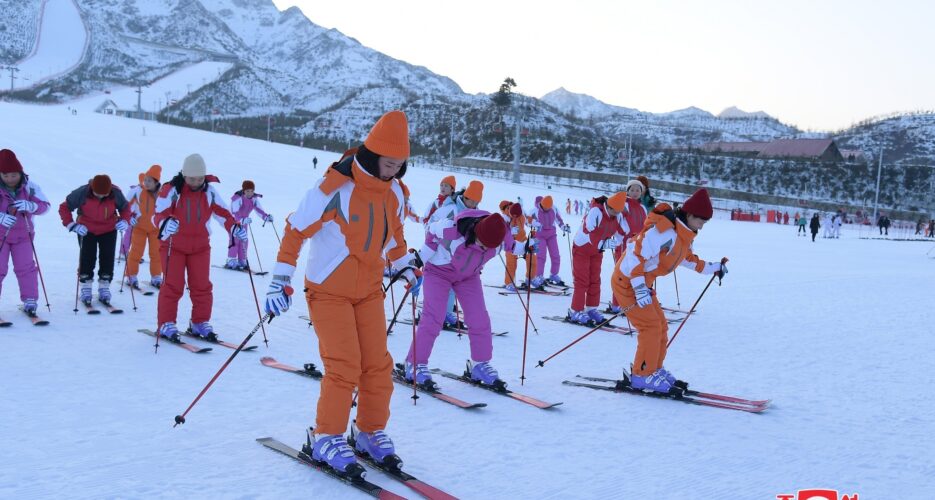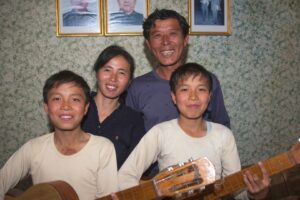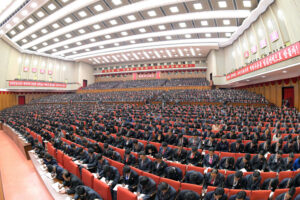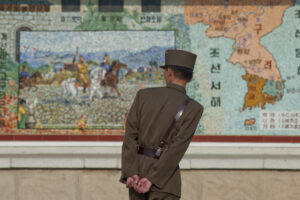For the last few winters, select groups of North Korean students and workers hit the slopes of the country’s growing number of ski resorts, as did wealthier travelers and a small number of foreign tourists.
Now, satellite imagery shows that these resorts — and even a military ski training base in Samjiyon — are preparing for action this winter by laying down blankets of artificial snow. That’s despite North Korea’s ongoing economic woes and strict social measures meant to prevent the spread of COVID-19.
For the last few winters, select groups of North Korean students and workers hit the slopes of the country’s growing number of ski resorts, as did wealthier travelers and a small number of foreign tourists.
Now, satellite imagery shows that these resorts — and even a military ski training base in Samjiyon — are preparing for action this winter by laying down blankets of artificial snow. That’s despite North Korea’s ongoing economic woes and strict social measures meant to prevent the spread of COVID-19.
Become a member for less than $4 per week.
Unlimited access to all of NK News: reporting, investigations, analysis
The NK News Daily Update, an email newsletter to keep you in the loop
Searchable archive of all content, photo galleries, special columns
Contact NK News reporters with tips or requests for reporting
Get unlimited access to all NK News content, including original reporting, investigations, and analyses by our team of DPRK experts.
Subscribe now
All major cards accepted. No commitments – you can cancel any time.










